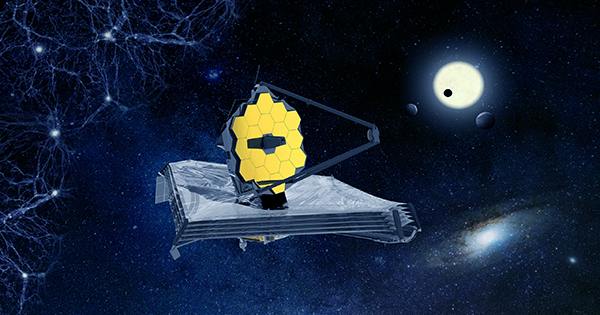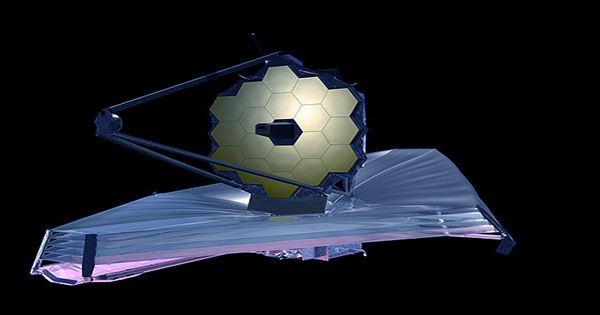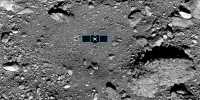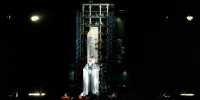Death, taxes (unless you are rich), and the JWST — Hubble’s successor as an orbiting telescope – are the only things that are guaranteed in life. Thankfully, the most recent delay is only a few days long. The space observatory is currently scheduled to launch from French Guiana on December 22, 2021.
The delay is due to an issue that occurred during the installation of the telescope in the upper stage of the Ariane 5 rocket that will launch it into orbit. A clamp band meant to keep the telescope in place within the rocket released unexpectedly, producing vibrations throughout the JWST. While the observatory has been tested to withstand the stress of being sent into space, it is necessary to double-check that everything is in working order.
A NASA-led anomaly review board was established and testing is undertaken to ensure that nothing was harmed during the occurrence. Fortunately, it was not the case. In space, JWST cannot repair. It will place at the second Lagrangian Point, or L2, rather than in low-Earth orbit like Hubble. That is a unique location in space those 1.5 million kilometers (932,000 miles) immediately behind the Earth from the Sun’s point of view, and it moves at the same speed as our planet. That is the furthest any human has ever traveled from Earth.

The telescope named after former NASA administrator James Webb, a contentious decision owing to his participation in the “lavender panic” and the publication of a sexist article. Many astronomers requested that the name changed because of the discoveries, which NASA declined to do following an inquiry whose findings were not made public. NASA, the European Space Agency, and the Canadian Space Agency collaborated on the telescope.
Despite the controversy surrounding its honoree, NASA’s next flagship space observatory, which is set to launch in December after many years of delays, will keep its existing name, the James Webb Space Telescope. In 2002, the telescope was dedicated after James Webb, the NASA administrator from 1961 to 1968 and throughout the Apollo era.
However, evidence has emerged in the last six years tying Webb’s employment at the state department to the so-called Lavender Scare, a state-sponsored anti-LGBT purge in the 1950s and 1960s that pushed homosexual and bisexual academics and civil servants from US government jobs due to their sexuality.















